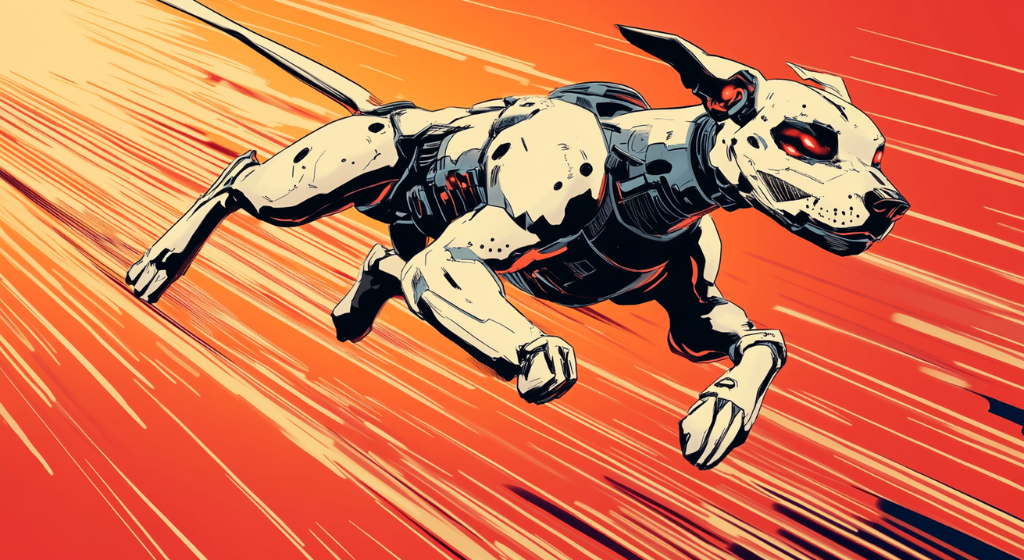
China’s Black Panther 2.0 robot dog has shattered the world record for quadruped speed by running 100 meters in under 10 seconds, showcasing cutting-edge AI, innovative design and the future of dynamic robotics. (Source: Image by RR)
China’s Black Panther 2.0 Robot Dog Breaks Speed Records in Under 10 Seconds
China’s Black Panther 2.0 robot dog has set a new world record by running 100 meters in under 10 seconds, surpassing the previous record held by the HOUND robot from South Korea. Developed by Zhejiang University’s humanoid innovation institute and Hangzhou-based startup Mirror Me, the robot draws inspiration from the movements and physical attributes of black panthers and jerboas. Its design incorporates carbon-fiber shins that improve stiffness by 135% and cheetah-like shoes that boost grip by 200%, enabling exceptional speed and mobility. This achievement demonstrates the rapid advancement of robotics in high-speed, dynamic locomotion.
The Black Panther 2.0, as reported in interestingengineering.com, utilizes springs at its joint positions to absorb shock and maintain speed, with advanced AI and machine learning enabling it to adapt its gait across different terrains. By synchronizing its limbs through the Huygens’ linked pendulum concept, the robot achieves fluid and efficient movement. Weighing 83 pounds and standing just over two feet tall, it combines lightweight materials and custom high-power-density motors to deliver unmatched performance, setting a new benchmark for quadruped robots in terms of speed and efficiency.
This breakthrough builds on previous innovations in robotic movement, including the HOUND robot, which held the record with a 19.87-second 100-meter sprint. Researchers globally are pushing the boundaries of robotic mobility, including the Technical University of Munich, which developed a tool that uses natural oscillation patterns to optimize energy-efficient movement in robotic systems. These efforts highlight the importance of integrating advanced motors, lightweight materials, and biomechanical insights to achieve superior robotic locomotion.
Despite its achievements, Black Panther 2.0 still trails behind top land animals like cheetahs and ostriches in speed and agility. However, its developers aim to eventually rival these animals while expanding the robot’s applications beyond research to industrial uses. The team’s rapid development of the prototype within three months showcases the growing potential for robots to revolutionize dynamic movement and inspire further advancements in the field
read more at interestingengineering.com







Leave A Comment